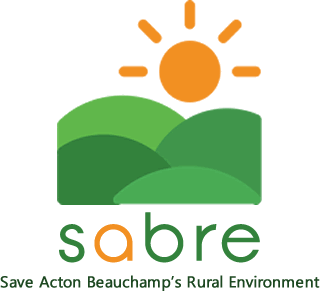Why Oppose the Development?
Long Term Environmental Damage
The land that is subject to this development is currently productive agricultural land. We need crops and, until the world comes up with a viable alternative, grazing land for sheep and cows. However, profits from agriculture can be small, so naturally farmers want to maximise the return that they personally will receive from land.
However, once land has been industrialised or has been polluted (solar panels and batteries contain many harmful and carcinogenic chemicals like cadmium, lead and lithium that could leak into the soil), it becomes increasingly unlikely that it will ever be returned to its original agricultural use. When the lifespan of the solar panels is reached, then unless other solar panels are required it is unlikely that it will be financially viable for anyone to return the land to its original state.
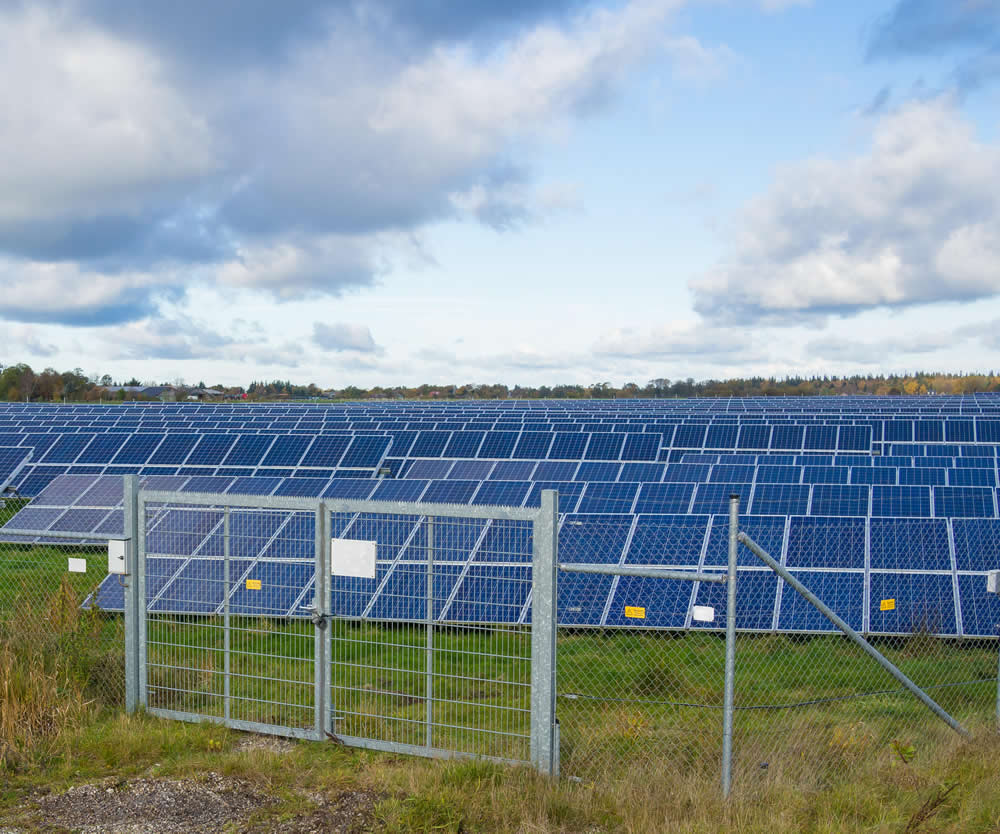
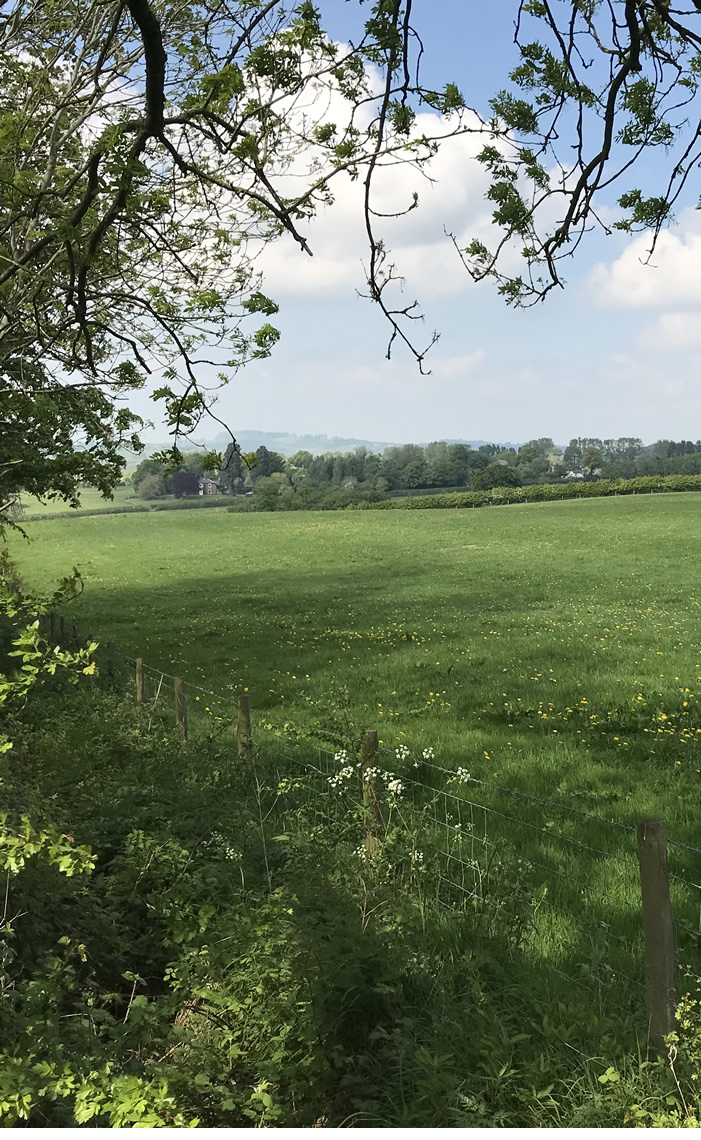
Impact on Wildlife and Habitats
The proponents for schemes such as these would have you believe that there could be a biodiversity gain from solar panels, or that at the very most it will not be impacted. An increasing number of studies is showing that this is not necessarily the case. Other than setting aside some land for biodiversity ‘mitigation’, few of the current schemes have been able to address the damage that can be caused to local wildlife – not to mention that psychological impact that such developments have upon those residents that need to live among the solar panel deserts that are created.
Even some of the energy companies have admitted that the construction of solar energy facilities can harm wildlife. Whether this is from confusion of birds, insects, and other animals, leading to injuries caused by the reflective surfaces of solar panels1 or from disruptions in the surrounding ecosystems because of the heat produced by the panels, the increased fire risk, and in some cases the water usage2.
1https://www.bsg-ecology.com/wp-content/uploads/2019/04/Solar-Panels-and-Wildlife-Review-2019.pdf
2https://solarworksenergy.com/do-solar-panels-harm-wildlife/
Visual Impact and Loss of Amenity
The area in which Acton Beauchamp is situated is both intrinsically beautiful and also a valued landscape which is visible for many miles around. Like much of Herefordshire, it is famous for its agriculture, fruit and hop growing and sits adjacent to the Malvern Hills – an officially designated Area of Outstanding Natural Beauty (AONB).
The proposed solar panel development will use solar panels up to 4.5m high (15 feet) spread across many acres of farmed countryside criss-crossed by public footpaths and adjacent to listed buildings and other houses. The panels will be protected behind 2m (6.5 feet) high security fencing. There will inevitably be CCTV and security lighting to help protect the installations from the threat of theft and vandalism and additional equipment will be placed across the site in large unsightly containers.
Even if efforts are made to screen the solar panels and associated equipment, it will be almost impossible to hide them and remove the potential impacts known as ‘glint and glare’ due to the prominent location of the countryside and the topography of the land.
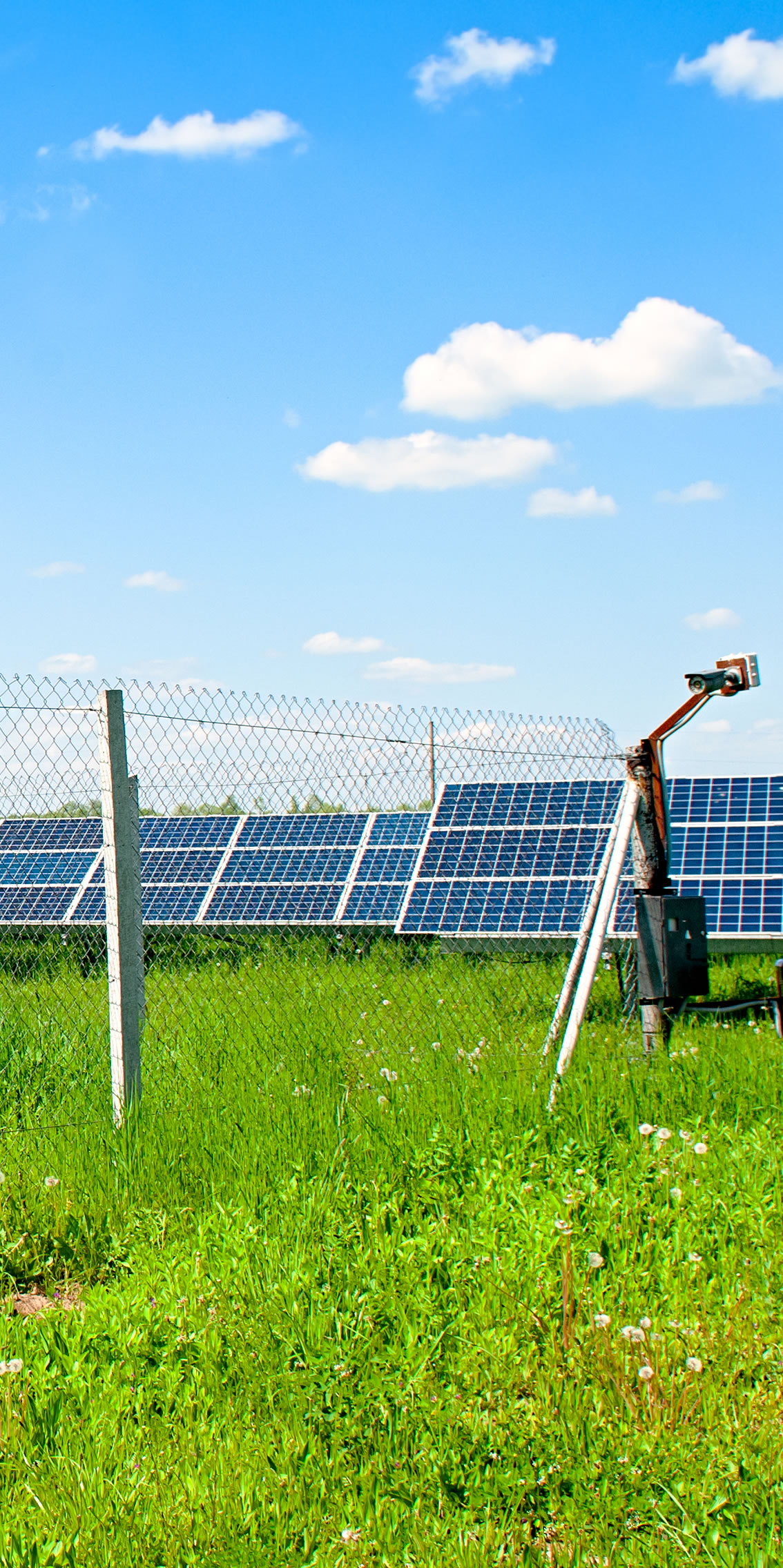
What is more, many of the local footpaths will be affected. Walking through the countryside will be walking between fences that block the very views for which the area is famed. Imagine the impact of being surrounded by solar panels and associated equipment on public rights of way and beside quiet country roads.
Not only that, but it is likely that public rights of way will be moved or closed during the construction phase, which could take up to 36 months and the narrow roads, already rendered dangerous by fast moving traffic, will be made even more perilous for those living within the surrounding countryside.

Increased Flood Risk
Following heavy rains, many country roads can suffer from excessive surface water. The new tracks and access routes required during the construction process of the solar panels will inevitably lead to greater compaction of the soil – a problem that will be exacerbated by ongoing maintenance. The stopping of using the fields for agriculture will also mean that the soil will gradually become more compacted and less aerated, reducing its ability to absorb rainwater.
In addition, the way that rainwater runs off solar panels is different from the way it would normally fall to the ground where it would be evenly spread over a wide area. Run-off from solar panels is more concentrated, and during heavy rainfall the land will become deluged with water and overpowered – in the same way that a gutter channels water and overflows. Moreover, the rain from the solar panels will create channels and gullies in the soil, lead to further compaction and speed up the run-off from the fields onto roads and into already struggling gullies.
Impact on Traffic
The roads around Acton Beauchamp are narrow, country roads where vehicles passing each other have to pull into verges and vehicle pull-ins before they can pass. The construction of the solar panels will require the use of large HGVs and abnormal loads and the increase in construction traffic will cause congestion and disruption on a huge scale for everyone using the local roads. This could last for up 36 months. What is more, it will create noise, pollution, and damage to roads and verges, as well as extra risk for pedestrians, cyclists and horse-riders and disturb the biodiversity of these rural lanes which are home to many wild birds and animals.
Some roads are likely to be too narrow for the traffic needed to use them which could require temporary, localised road widening to accommodate vehicles leading to damage to ancient hedges and verges.
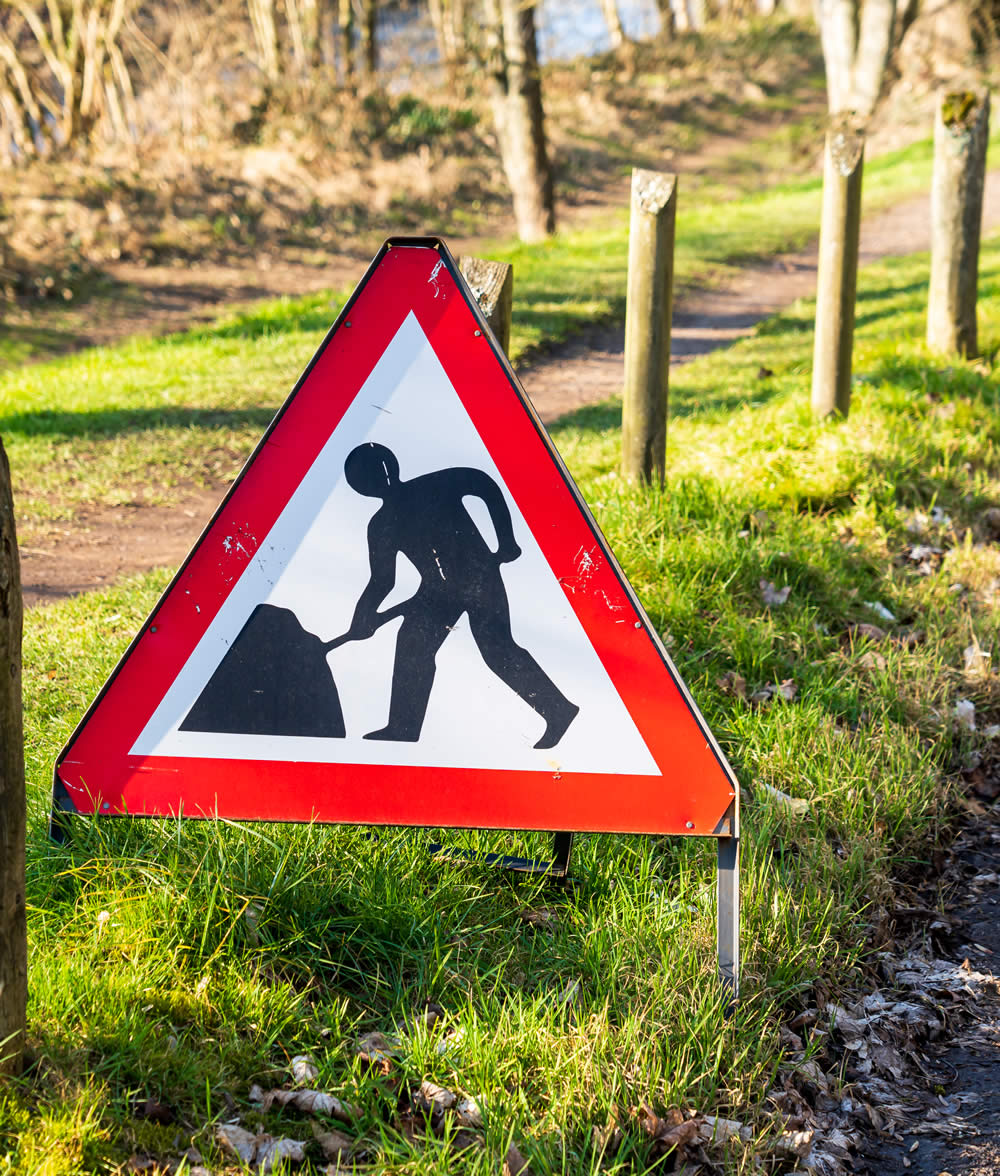
Cynical and Opportunistic Money Making
Whatever your views of solar energy and the need to find alternatives to fossil fuels, there is no escaping the fact that this application is merely a commercial attempt by those with no links to the countryside to make money by using low-rent farming land, rather than more expensive existing industrial land (known as brownfield), to develop an industrial scale solar development.
What is more, this is simply the thin end of the wedge. If this development gets the go ahead, then it will set a precedent for similar applications across Herefordshire and the floodgates will open as more and more developers, with no care for the longer term harm to the country, the environment or the people who live in the countryside, scramble to take advantage of the high profit margins of developing such low-cost land for solar plants.
It is an irony that many of the properties in the area would, as listed buildings, have had consent for roof based solar panels turned down as being too intrusive and yet a 132-acre area of agricultural land surrounding those very same properties can have a hope that they will be given the go ahead.


